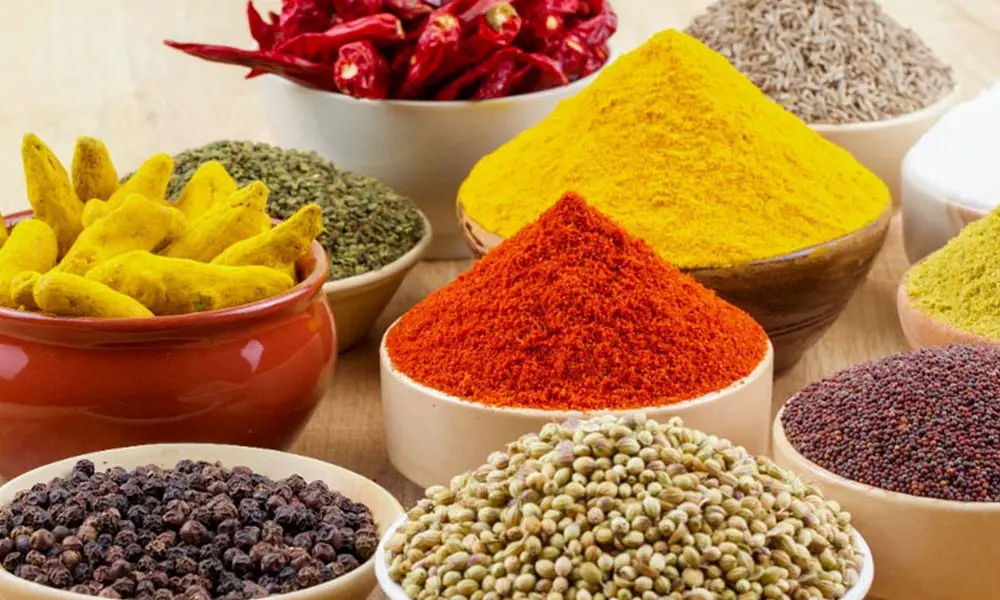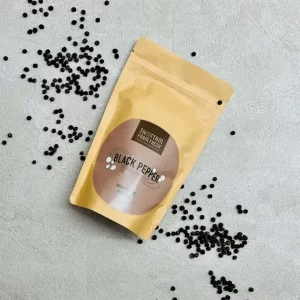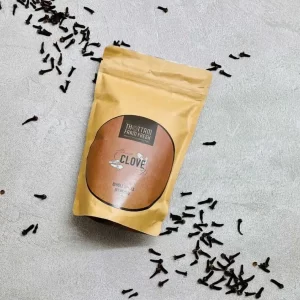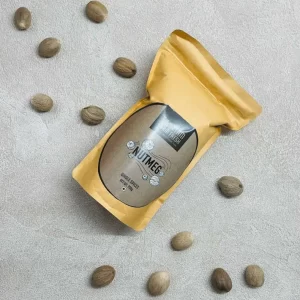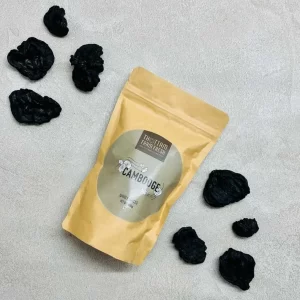Indian dishes are incomplete without Spices and these ‘Masala’ play a tremendous role in the history and culture of India. Spice farming was developed in India around 2000 BC. And since then, India has been producing more than two million tonnes of spices each year. Currently, it is ranked as one of the world’s largest spice exporters and accounts for over 40% of the world’s spice trade.
The initial popular spice grown were – turmeric, cinnamon and black pepper. These spices became the basis for numerous trade relationships – including with the Arabians and the Romans and eventually became the world’s most valuable commodities. It is even believed that, back in the 1300s, a pound of nutmeg in Europe was more valuable than gold.
Vasco da Gama voyaged to India in 1498 and his arrival on the Malabar Coast(the centre of the spice trade) marked the start of direct trading between Europe and South East Asia.
After a few years, the Portuguese took control of the coastal spice-producing region. They were successful in establishing a near monopoly on the Indian spice trade that lasted for over a century and proved fantastically profitable for their empire. The spice trade increased exploration and discoveries of new lands and trade routes. In Europe, Indian spices have altered the local palates and have become a way to define wealth and social status.
The environment required for growing spices, i.e., high humidity and a range of climatic conditions is ideally present in the southern regions of the country, especially Kerala. Thus, the state is perfect for cultivating a wide variety of spice crops like – Cumin, cardamom, star anise, chilli, cinnamon, black pepper, coriander, etc. The spices are popular not only for their culinary uses but also for their medicinal purposes and are available on Indian spices online sites. Also, spices like ginger, turmeric, and fenugreek have been used for medicinal purposes for thousands of years and have also earned mentions in ancient Vedic scriptures.
Rare Indian Spices:
Black Pepper
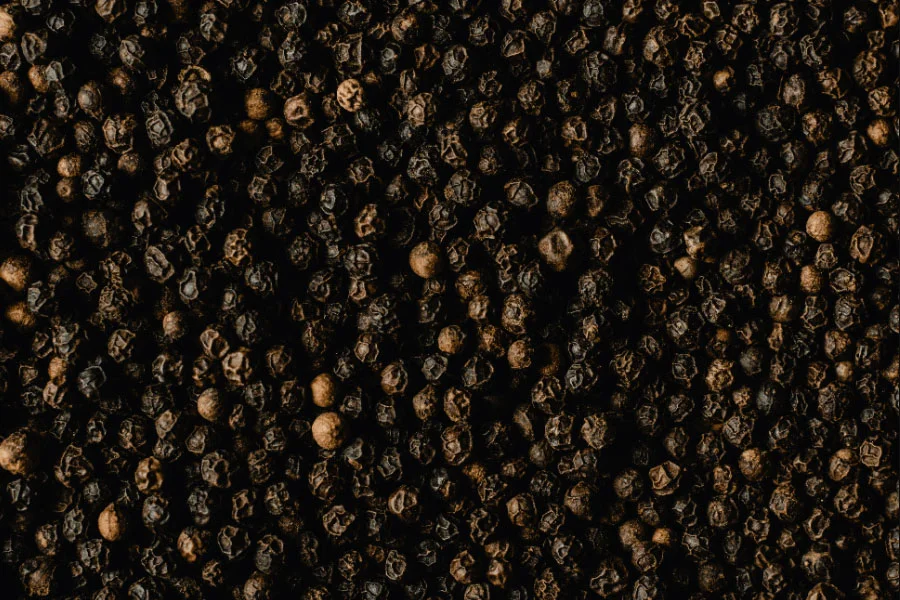
It is known as the ‘King of Spice’ because no other spice globally is more popular, loved, and extensively used than this. Black Pepper is present in almost all dishes or cuisines.
In previous years, it was valuable and utilized as currency instead of gold, and even used to make payments (even for ransom amounts). Europeans believed that the black gold spice grew on trees guarded by poisonous snakes. Farmers had to drive the snakes underground to harvest the fruits by burning down the trees. This way, peppercorns got their shrivelled black coats.
In South India, most meals are flavoured with pepper, whether it is vegetables, meats, soups or tea. In European countries and the United States, black pepper is the staple for preserving meats, seasonings, or marinades.
Furthermore, black pepper has a sharp, intense taste and an aroma that swirls about in the air. The aroma emanates from the berries of the tropical Piper nigrum vine, one among the thousand species of the Piperaceae family.
Black Pepper also plays a massive role in providing benefits to human health.
- Studies suggest that piperine present in black pepper helps improve blood sugar metabolism.
- High blood cholesterol is often associated with an increased risk of heart disease, the leading cause of death worldwide. The extracts of black pepper have the potential to reduce cholesterol levels.
- Additionally, black pepper and piperine (the compound present in pepper) help boost the absorption of dietary supplements with potential cholesterol-lowering effects.
- When consumed raw, black pepper also helps in digestion.
- It helps to prevent skin pigmentation – Vitiligo, which makes the skin appear white, also called white patches. Black pepper benefits and protects the skin from any sort of pigmentation and helps maintain the skin’s original colour.
- Wrinkles, premature ageing, dark spots and many other skin problems can be prevented if black pepper is daily consumed.
Turmeric
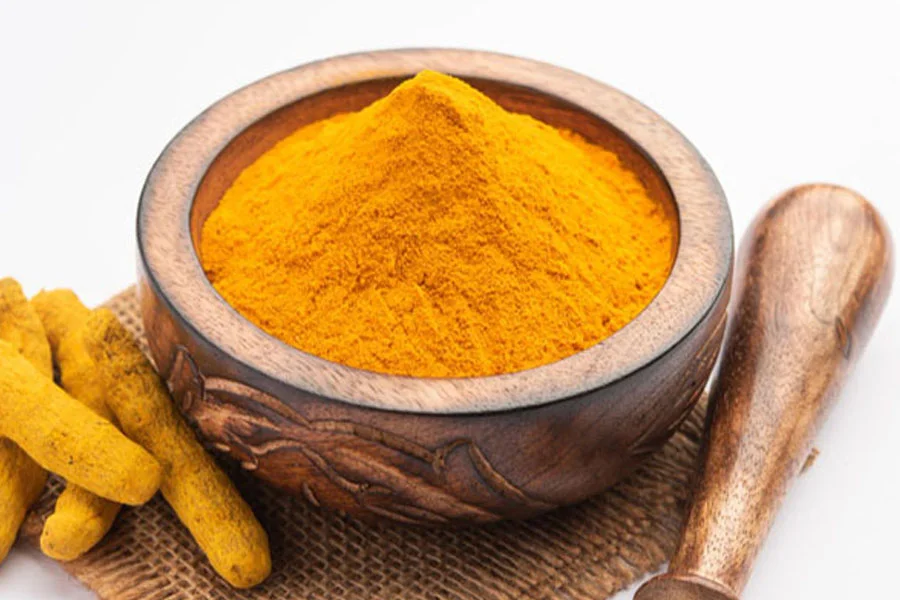
As a result of Indian influence, turmeric powder is widely used in South Asian and Middle Eastern cooking and has made its way into Ethiopian cuisine.
In South Africa, it is added traditionally to give boiled white rice a golden colour. They even add it as a significant ingredient in most commercial curry powders and manufactured food products such as canned beverages, dairy products, baked products, ice cream, sauces, etc.
For centuries turmeric has been used in skincare. Whether as a paste or in face masks and creams, Ayurveda prescribes it as an essential when it comes to skincare. This is because turmeric contains specific properties that contribute to a natural glow. The Haldi face mask helps reduce acne and the anti-inflammatory qualities of the spice can target the pores and calm the skin.
Turmeric has significant benefits for the human body and brain; many of these benefits come from its main active ingredient – curcumin.
- For chronic conditions where inflammation affects the tissues in the human body, taking turmeric can be beneficial.
- Turmeric has roots in Chinese traditional medicine and Ayurveda for treating arthritis. Its extracts potentially reduce pain from osteoarthritis.
- Past studies show that curcumin helps to improve the health of the thin membrane that covers the inside of the heart and blood vessels.
- Curcumin has also shown signs of treating depression.
Saffron
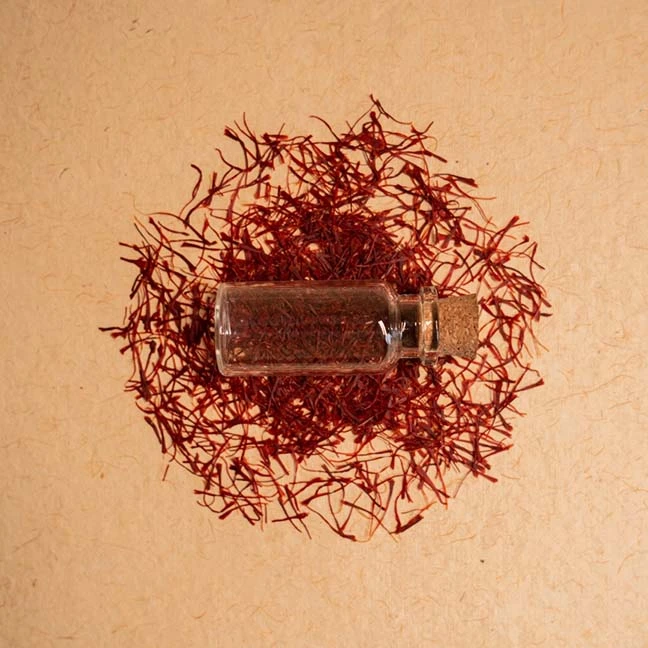
The Saffron crop has been predominantly cultivated in Iran and Kashmir. It is a very labour-intensive crop and is a highly coveted spice that is considered more valuable than gold.
The spice comes from the stigmas of the plant’s purple flowers (Crocus sativus). Each flower contains three stigmas that are handpicked and then dried to make the spice. It required thousands of flowers to produce just a few grams of saffron. The stigmas are orange-red, which is due to the content of crocetin, a type of acid and crocin. Saffron has a honey-like aroma with a delicate but musky taste.
For the cultivation of saffron, fertile soil is a standard requirement, and the plant can endure shallow temperatures. Hence, maximum growth takes place during the winter. In India, Jammu and Kashmir, Himachal Pradesh, Kerala, and Karnataka are considered ideal for saffron cultivation.
Saffron is a natural spice and is an excellent replacement for synthetic food additives. It has been used as an insecticide, pesticide, and fabric dye in perfumes, particularly in China and India. It is nicknamed the “sunshine spice” because it aids in enhancing mood. The petals and thread-like stigma of saffron are deemed effective in treating mild depression.
Health benefits of saffron:
- Rich in Antioxidants – Saffron is rich in antioxidants like Crocetin, crocin and safranal. These substances help fight cell damage and also prevents cancer, flatulence or other similar diseases. These antioxidants in saffron can also be healthy for the human brain and nervous system. They help with memory and learning abilities and prevent neurological conditions like Parkinson’s disease.
- PMS reliever – Premenstrual syndrome (commonly known as PMS) can cause several symptoms varying from pelvic pain to acne breakouts. For many people, PMS impacts sleep disturbances and their mental health, causing anxiety, depression and mood swings. Many research studies have found that saffron could improve these PMS-related issues.
- Seizure treatment – In Iranian folk medicine, Saffron is used as an anti-seizure remedy. Several studies in biological models show that this spice can shorten certain types of seizures.
- Alzheimer’s disease treatment – Saffron is effective in treating mild to moderate Alzheimer’s disease. There is no cure for this disease, but studies suggest that saffron could help slow its progression and relieve symptoms.
- Depression Treatment – Depression is a mental health disorder affecting millions of people worldwide, and its treatment involves different therapy or medications. Consuming it could help with symptoms of depression and boost mood. The saffron extract can increase dopamine levels in the brain without changing the levels of other brain hormones.
Nutmeg
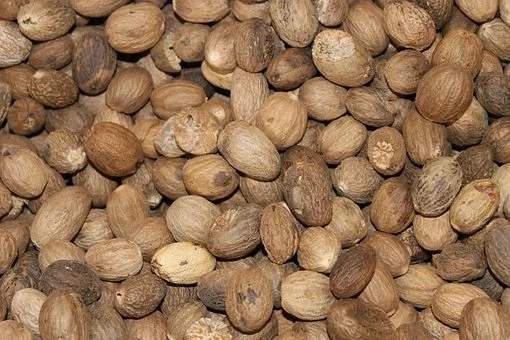
The spice can be purchased as the whole seed or ground in a container and is available on sites that sell nutmeg online.
In the grated form, nutmeg can be added directly into a recipe to impart a fresh and clean taste. It has a nutty and slightly sweet flavour and an intense spice with a strong and distinct aroma. With a long culinary history, nutmeg can be part of sweet and savoury dishes. It is also an ingredient in different spice blends like pumpkin pie spice and garam masala.
Besides several uses as a spice, nutmeg benefits health in the following ways :
- Relieves Pain – Nutmeg contains many essential volatile oils like myristicin, elemicin, eugenol and safrole. These oils have anti-inflammatory properties and are beneficial for treating joint and muscle pain. They can treat inflammation, swelling, sores, etc.
- Helps Treat Insomnia – When consumed in smaller amounts, nutmeg has a calming effect. It has received credits for its sleep-inducing and de-stressing results in various ancient medicinal practices.
- Helps Digestion – The essential oils present in nutmeg have a carminative effect on our system. It prevents digestive issues like diarrhoea, bloating or gas. It helps in the secretion of digestive enzymes, bringing about relief. It is also believed that the fibre content in nutmeg helps in bowel movement and in removing excessive gas from the system.
- Brain Health – Nutmeg helps stimulate the cranial nerves. In old times, the Greeks and Romans used it as a brain tonic. It is also an effective ingredient helpful in treating depression and anxiety as its essential oil tends to ease fatigue and stress.
- Treat Bad Breath – Bad breath could be a sign of toxicity in the immune system. Nutmeg helps detoxify the body and clear out toxins from the liver and kidneys. Since its essential oils have anti-bacterial properties, it helps remove bacteria from the mouth responsible for causing bad breath and is commonly used as an ingredient for Ayurvedic toothpaste and gum pastes. The presence of eugenol in nutmeg helps in reliving toothaches too.
Star Anise
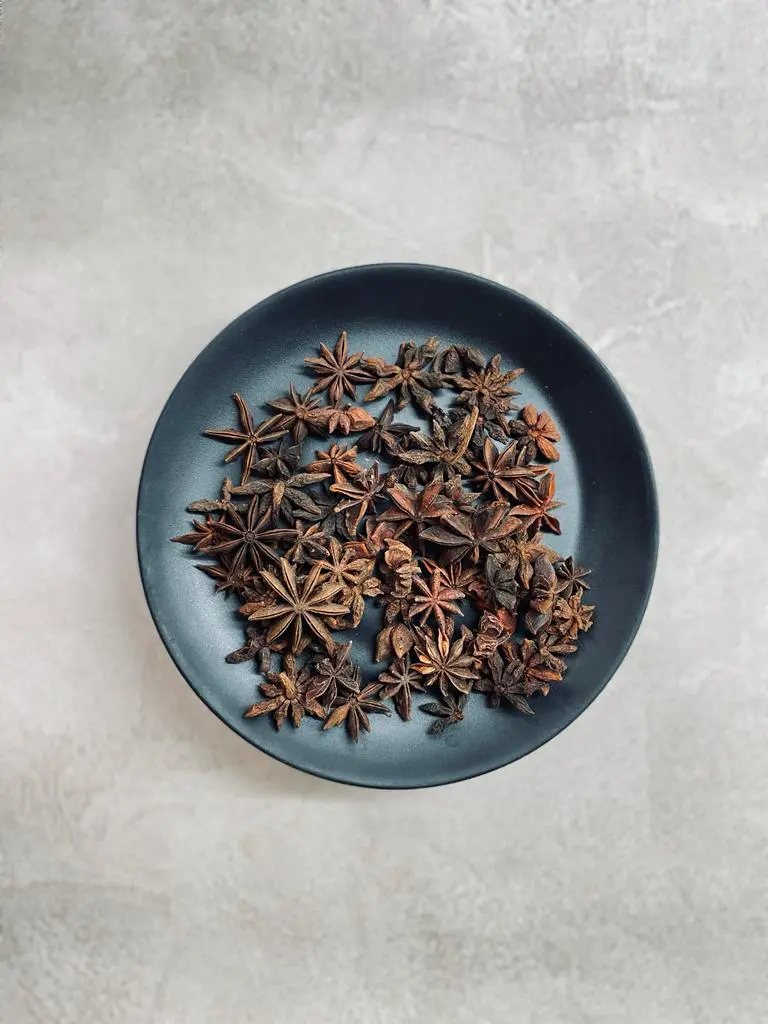
It is the seed pod from the fruit of the Illicium verum plant, an evergreen shrub native to Southwest China. Shaped like a star, it has an average of eight points, each containing a single pea-sized seed. Both the seeds and the pod of this spice are used in cooking and contain a sweet flavour.
The spice is used in culinary applications for its distinct flavour and its medicinal benefits. The pod is picked before it ripens and then dried in the sun, turning it a deep brown or rust colour. The distinctive flavour is derived from anethol in anise seed that gives a taste of liquorice.
It has a sweet flavour and is used in savoury dishes. Following are the few benefits of consuming star anise:
- It is rich in vitamins A and C and other antioxidants that help fight free radicals responsible for early ageing and diabetes.
- The oil produced from the spice contains thymol, terpineol and anethole which are advantageous for treating cough and flu.
- Anise helps in improving digestion, alleviates cramps and reduces nausea.
- This spice has potent anti-fungal properties and has been a trusted natural remedy for many fungal infections like Athlete’s foot, ringworm, and other common strains.
Thus, India is home to many rare and unique spices that add flavour and depth to dishes. These spices can be challenging to find outside of India, but they are worth seeking out for their distinctive taste. When cooking with Indian spices, ensure to use them sparingly, as they can be pretty strong. With a little exploration, you can find these rare spices and discover the many culinary delights of Indian spices sites like the Thottam Farm Fresh.

